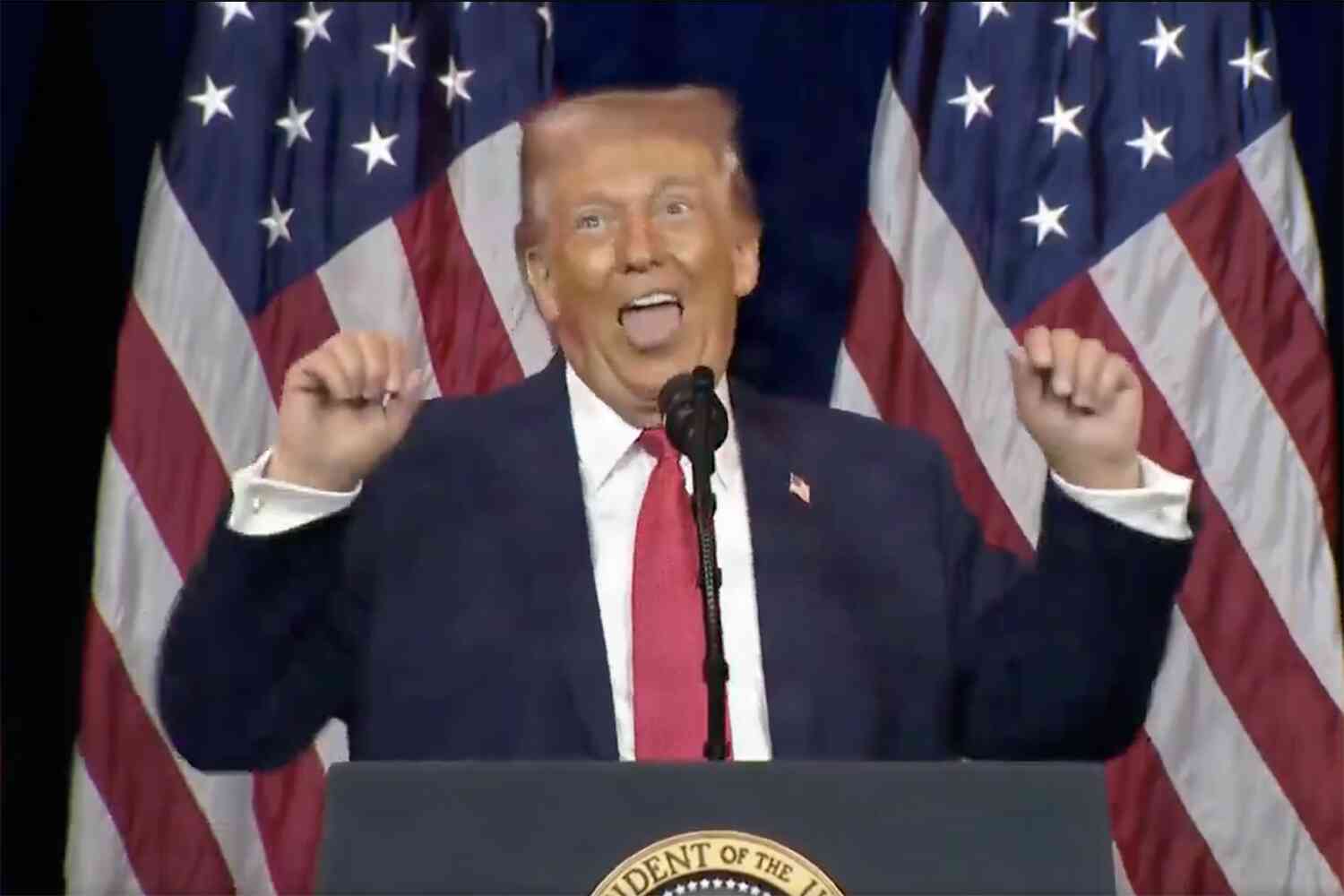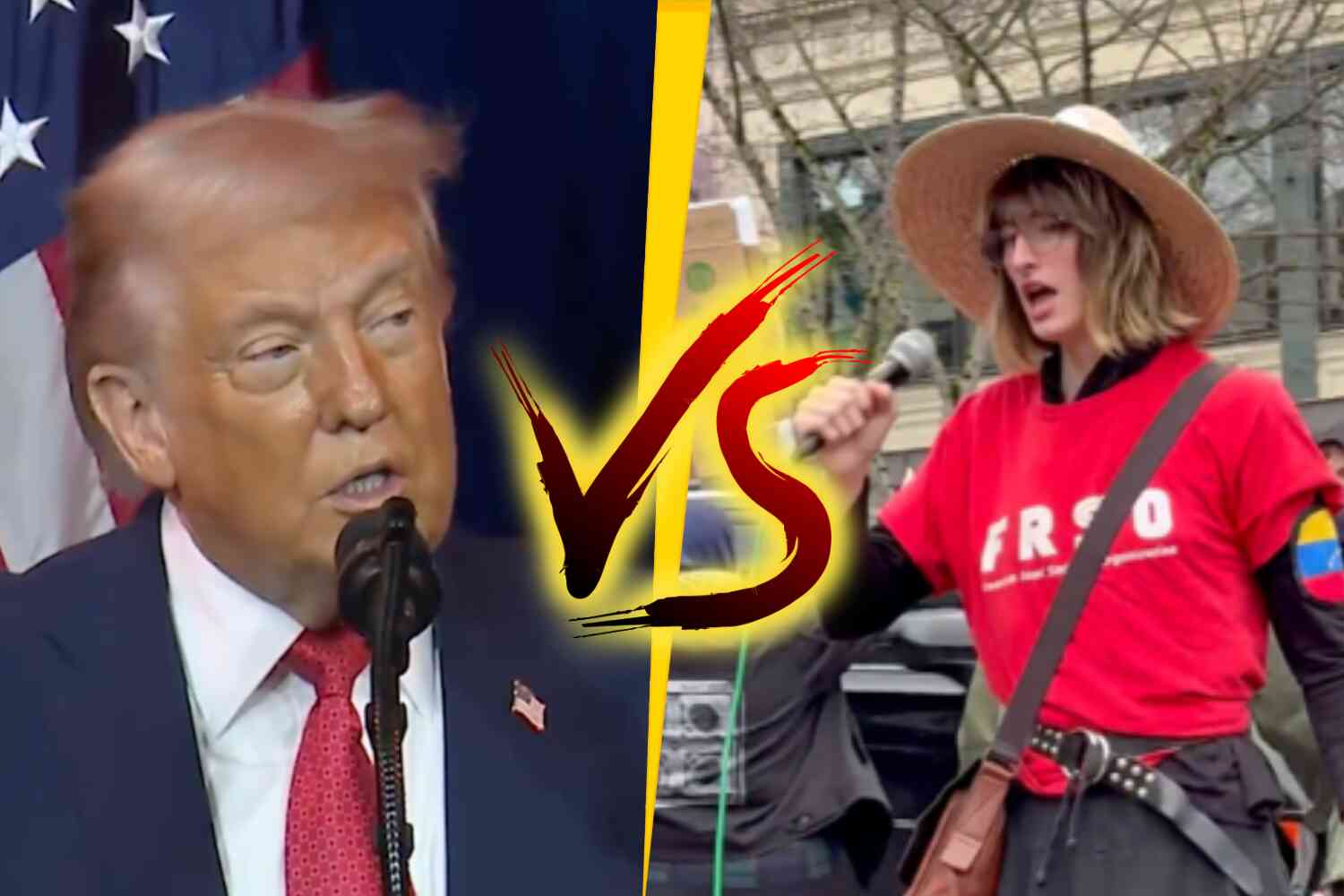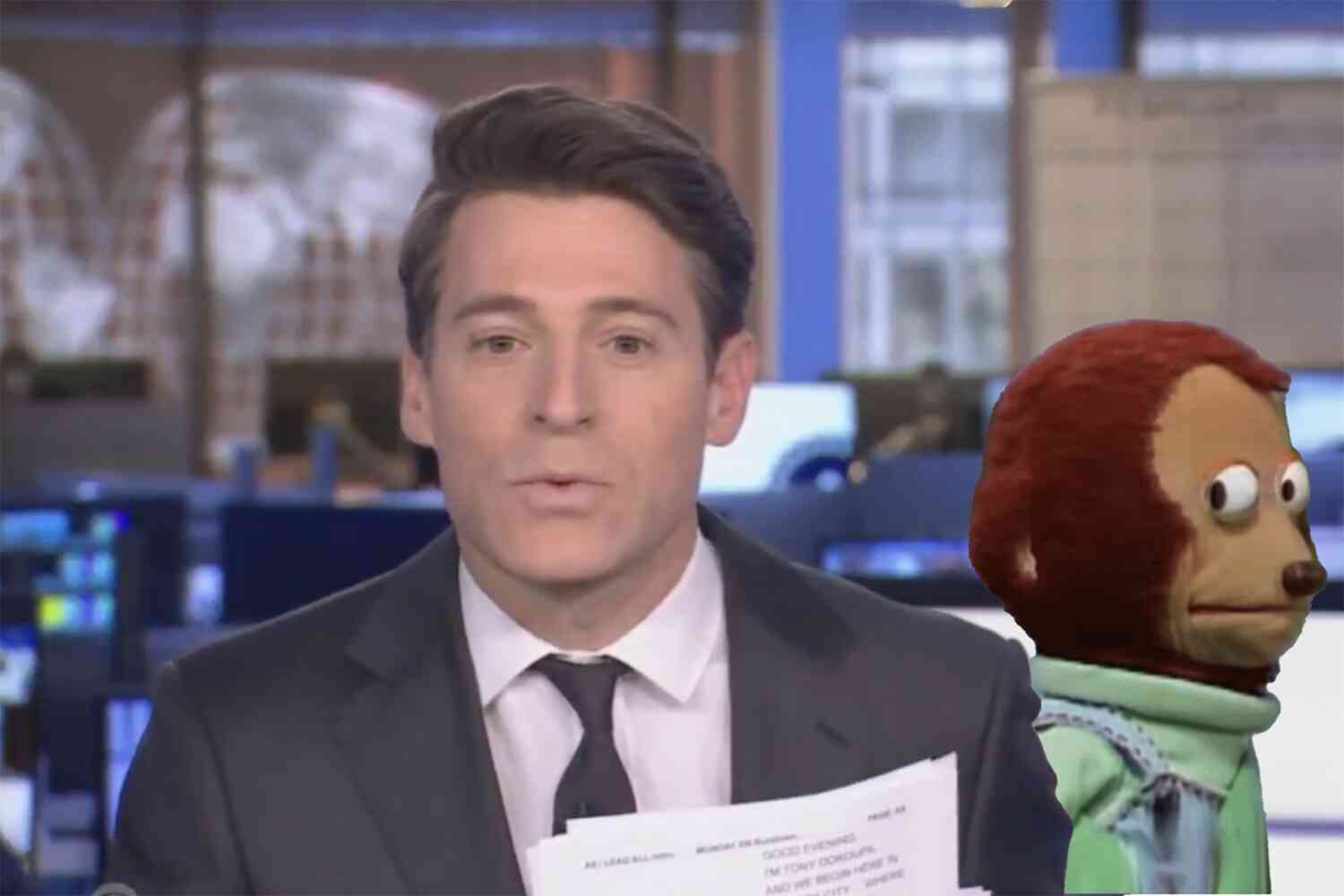This would be Michael Burry of "The Great Short" fame.
You'll note that any tweets of his I post will be images. He has, literally while I was writing this, removed all his tweets. He is famously "eccentric" and known for this, so I had saved the ones I needed, and you can retrieve them using the Wayback Machine.
Regarding his warning, we're not just talking regular hyperinflation, we're talking Weimar-Republic-grade hyperinflation. When he was done with his tweet storm on the subject this past weekend, he finished with this:
As they like to remind you on your 401-K statements, "Past performance is no guarantee of future results," so caution abounds, however he makes an argument worth considering.
It began with this.
"MMT" is "Modern Monetary Theory."
Pro tip: Whenever you see "modern" in front of anything related to economics, hold on to your wallet.
It's really important we understand MMT to truly grasp the looming threat to our economy and the stunningly horrific policy proposals currently being circulated and even implemented in Washington.
Modern Monetary Theory holds that deficits and spending don't matter because you can just print more money.
Seriously, that's pretty much it, making MMT a "theory" in the same way Hogwarts Castle is an MIT campus.
Modern Monetary Theory (MMT) is a heterodox macroeconomic framework that says monetarily sovereign countries like the U.S., U.K., Japan, and Canada, which spend, tax, and borrow in a fiat currency they fully control, are not operationally constrained by revenues when it comes to federal government spending.
"...not operationally constrained by revenues when it comes to federal government spending."
That would be Congress, for oh, just making a rough guess here...
Our entire lives.
"Fiat currency," or "fiat money," is defined as:
Fiat money is government-issued currency that is not backed by a physical commodity, such as gold or silver, but rather by the government that issued it. The value of fiat money is derived from the relationship between supply and demand and the stability of the issuing government, rather than the worth of a commodity backing it as is the case for commodity money. Most modern paper currencies are fiat currencies, including the U.S. dollar, the euro, and other major global currencies.
It has worth because we all agree it has worth and can be used as a reliable exchange and store of value.
Keep in mind, it has no value beyond that, no intrinsic worth whatsoever. It's worth what it is by common agreement, otherwise it's just numbers on a ledger, pieces of paper, and scrap metal.
Further, that agreement rests on the understanding that the issuing authority will be responsible and not, say, start printing money wildly.
Speaking of which, back to our definition of MMT.
Put simply, such governments do not rely on taxes or borrowing for spending since they can print as much as they need..
Oops.
...and are the monopoly issuers of the currency.
Monopolies are good.
For the monopolist.
Since their budgets aren't like a regular household's, their policies should not be shaped by fears of rising national debt.
This is why lunatic proposals like the "trillion-dollar coin" can be taken seriously and why Alexandria Ocasio-Cortez and Elizabeth Warren can say deficits don't matter, and are not laughed out of Congress:
Rep. Alexandria Ocasio-Cortez, (D-N.Y.), told Business Insider last month the notion that the government needn't worry about balancing its books should be "a larger part of our conversation."
Sen. Elizabeth Warren (D-Mass.) said Yet a small but growing chorus of progressives say that policy makers are thinking about deficits all wrong: The red ink, they say, is not that big of a deal.
Cool!
"There's no question in my mind but that [the idea is] gaining traction, just based on my inbox, my voicemail," said Stephanie Kelton, a leading proponent of a new theory behind deficit spending who served as an adviser on Sen. Bernie Sanders's presidential campaign.
Well, if Bernie approves of MMT...
— dubbed "modern monetary theory" — views it differently. Governments, it says, create money, so they don't even need to borrow any — they can spend as much as they like.
Weeeeee!!!
The only limitation should be the threat of inflation, not insufficient revenue.
And even that's not a problem. Want to know why?
Under this theory, if the government did spend enough to stoke inflation, it would be counteracted not by the Federal Reserve hiking interest rates, as it does today, but by the president and Congress agreeing to raise taxes to pull money out of the system —
Yeah! Let's pull money out of "the system!"
Wait, that sounds a lot like my wallet.
— assuming they would be willing to take that politically unpopular step.
I would not be counting on that.
Interesting policy approach. Let's run crazy deficits, and if we have inflation, we'll just raise taxes!
I don't recall seeing that in the Democratic Party platform.
Back to Burry. The tweets that followed the introductory one I led off with were excerpts from a book published in 1974 called "Dying of Money: Lessons of the Great German and American Inflations."
ZeroHedge collected his tweets: which focused on the origins of the Weimar Republic's epic hyperinflation. There are numerous parallels, but I'll only include a few here.
"The life of the inflation in its ripening stage was a paradox which had its own unmistakable characteristics. One was the great wealth, at least of those favored by the boom..Many great fortunes sprang up overnight...The cities, had an aimless and wanton youth"
If you're thinking "Chaz," stop. That was just a street festival. With guns and murder.
"Side by side with the wealth were the pockets of poverty. Greater numbers of people remained on the outside of the easy money, looking in but not able to enter. The crime rate soared."
Stop picking on Chaz!
The crime rate has soared in a lot of places.
"Accounts of the time tell of a progressive demoralization which crept over the common people, compounded of their weariness with the breakneck pace, to no visible purpose, and their fears from watching their own precarious positions slip while others grew so conspicuously rich."
But they're democrats, so it's okay.
"Speculation alone, while adding nothing to Germany's wealth, became one of its largest activities. The fever to join in turning a quick mark infected nearly all classes.... Everyone from the elevator operator up was playing the market."
What could go wrong?
Oh, yeah, everything.
Really quickly.
"all the marks that existed in the world in the summer of 1922 were not worth enough, by November of 1923, to buy a single newspaper or a tram ticket. That was the spectacular part of the collapse, but most of the real loss in money wealth had been suffered much earlier."
Everything is fine, until it isn't.
"Throughout these years the structure was quietly building itself up for the blow. Germany's #inflationcycle ran not for a year but for nine years, representing eight years of gestation and only one year of #collapse."
Okay, so there are some entertaining parallels to the great hyperinflation of The Wiemar Republic. Is any of this really happening here?
Leave aside the current policy proposals, as bad as they are. Let's take a look at what's happening right now, has been happening for years, and is right in front of our faces.
If you follow the business news at all you've probably come across the term "the Fed's balance sheet."
That would be the Federal Reserve, which is the monopoly controller of our fiat currency, the US dollar.
The "balance sheet" consists of the securities it purchases using, well, nothing. It's the digital version of running the printing presses. The Fed purchases these securities from the issuer or holder by simply making an entry on a ledger. That is, when they "purchase" say, a trillion dollars worth of Treasury bonds (the debt incurred by the federal government) the government magically has a trillion dollars to spend.
In doing so, they just increased the money supply (as measured by M1 and M2) by a trillion dollars.
This has been common practice, primarily as a means to control the money supply and one of the Fed's tools to keep a lid on on, yes, inflation.
But things changed with the financial crisis Burry predicted, and never went back to the way it was. That is, they never really "unwound" it, or sold the bonds back for "real" currency as the volume would shrink the money supply and potentially create a recession or worse. (They only made some modest progress during the Trump boom. There was just too much to unwind all at once.)
The Fed, the whole country really, was hooked. Our financial system became a "monetary easing" junkie.
And then the pandemic hit and it was off to the races again.
According to Reuters:
· Purchasing $25-$30 billion per week in Treasuries and mortgage-backed securities means that the Fed balance sheet will start to grow again· We expect the Fed to expand U.S. Treasury purchases to cushion the impact of new fiscal stimulus and anticipated Treasury issuance
MMT.
What was going on in Germany in 1921-22? I went back to do a deeper dive into "Dying of Money" and found this:
The government was unable to refinance its existing debts except by printing new money. The government's creation of paper wealth steadily fell behind the rising prices, and the inflation entered its catastrophic decaying stage.
How do you write "MMT" in German?
Oh, right, "MMT."
There are many more parallels between Germany and the United States today, and that's the hazard. It's easy to predict catastrophe "in the future." It's the currency (see what I did there?) of climate hysterics and doomsday prophets (but I repeat myself). However, hiccups were excused and things in general were going swimmingly in Germany until they weren't, and it happened so suddenly there was very little anyone could do.
Back to Dying of Money.
From having been steady during the fifteen months preceding July 1921, prices doubled in the next four months and increased by ten times in the year through the summer of 1922. Consumers put on pathetic buyers' strikes against the rising prices. Interest rates soared as lenders tried to anticipate the loss of value of their principal. Businessmen quoted prices to one another with gold or constant-value clauses, or they did business in foreign currency.
The final convulsion when it began was at first bizarre and at last became sheer nightmare. Beginning in July 1922, prices rose tenfold in four months, two hundredfold in eleven months. Near the end in 1923, prices were at least quadrupling each week. Prices raced so far ahead of the money-printing plants that, in the end, the total real value of all the Reichsmarks in the world was smaller than it had ever been, a phenomenon which enabled the government's economists to argue that there was no true inflation at all, it was just numbers. This phenomenon also made money so scarce, even in the face of astronomical prices, that urban Germans could not find the price of their daily bread. The worker had to compute his pay in the trillions, carry it in bales, and spent it instantly lest he lose it.
And then Hitler happened.
(Cliff's Notes version.)
It's not just Burry warning of coming inflation, Bank of America got into the act as well, as reported by ZeroHedge. While they meticulously avoided saying the name "Weimer," they are definitely advising clients to start looking at investments that do better in inflationary environments.
You can see ZeroHedge's take here, and some of BofA's recommendations.
A few general observations.
While we can argue gold has intrinsic worth, it's only worth what someone is willing to pay for it, and so in a sense it is also "fiat" currency. While it has some industrial value, most of its value comes from the fact that it is shiny and relatively rare and so desirable, and most of what is mined is either turned into bullion or jewelry.
The counter argument, one I would make, is that while people could very well cease desiring it, it's got a multi-thousand-year track record. So, not too shabby.
Still, its value fluctuates quite a bit.
Industrial metals (silver is one) might have more utility but that makes it a commodity which means it too fluctuates in value depending on economic activity.
Regardless, metals will almost certainly retain some value.
Cryptocurrencies however, whatever you want to say about them, are just like fiat currencies, with the exception that they are not under monopoly control. That's important, and why those in charge hate it so much and wish to either undermine, bring it under their control with regulation, or both.
Still, it, too, is worth something until people decide it isn't.
Part of my thinking is that unless you want to buy farmland in some remote area and stock up on weapons and ammo, our best bet is to understand the risks of these policies and fight them tooth and nail. If things were to really fall apart there are usually very few places to hide.
Oh, wait, never mind, Powell has it completely under control.
See nothing to worry about!
Well, nothing much...









